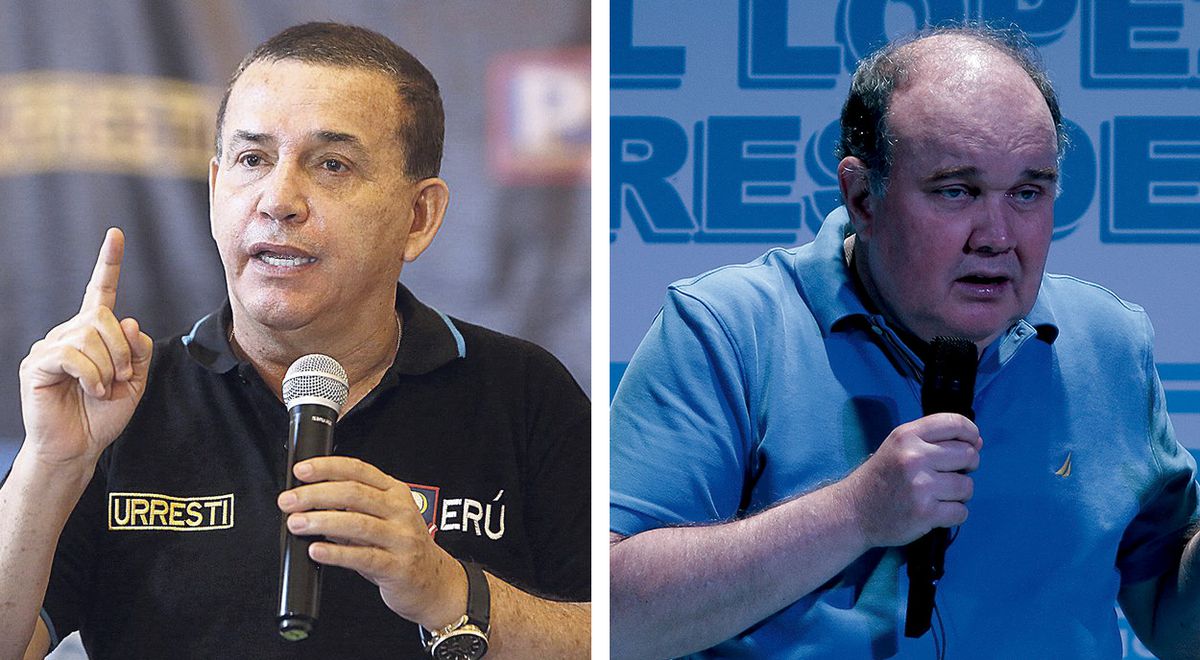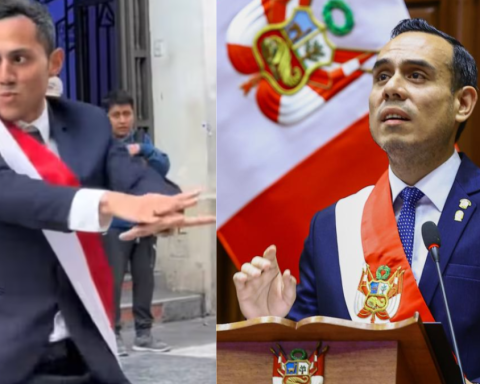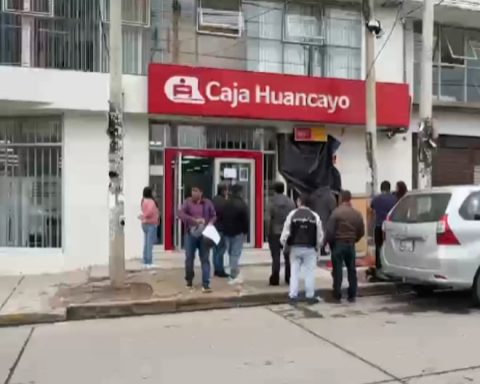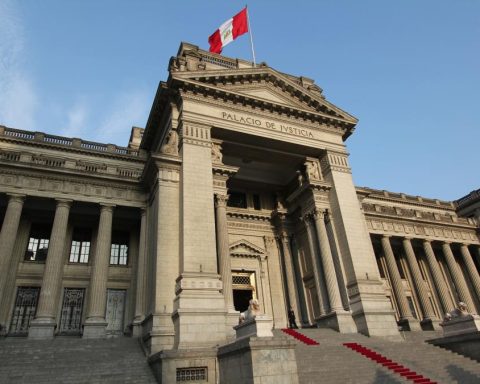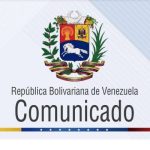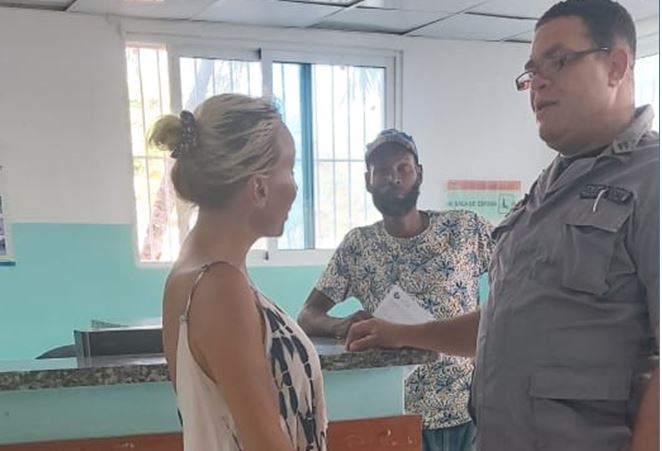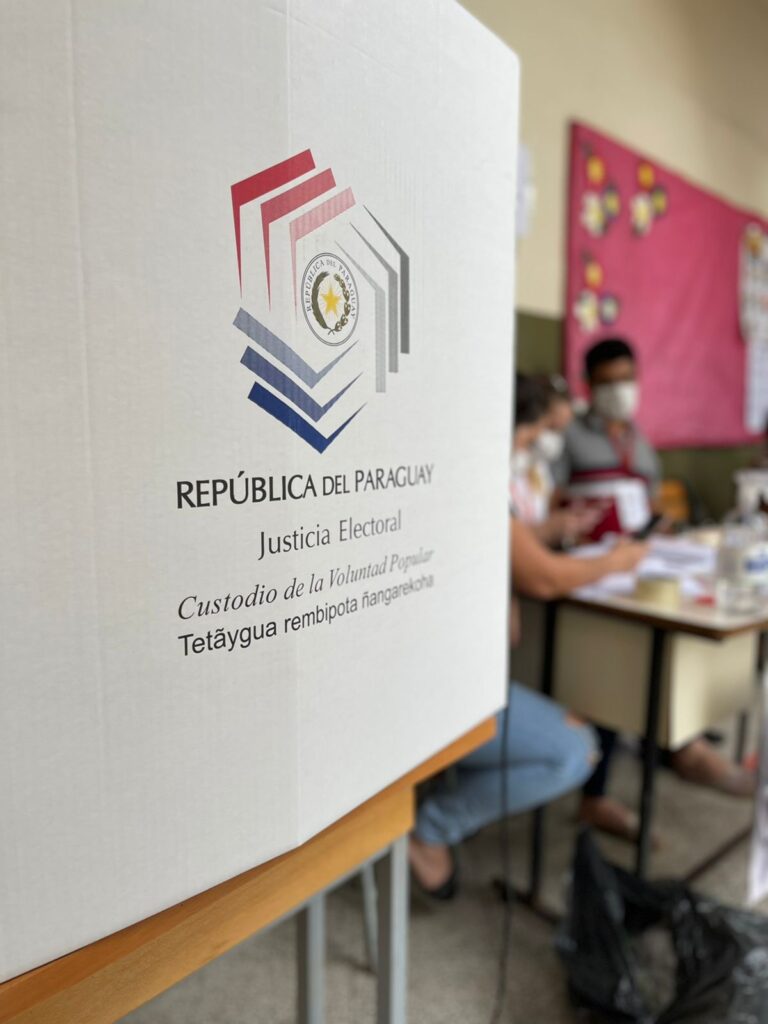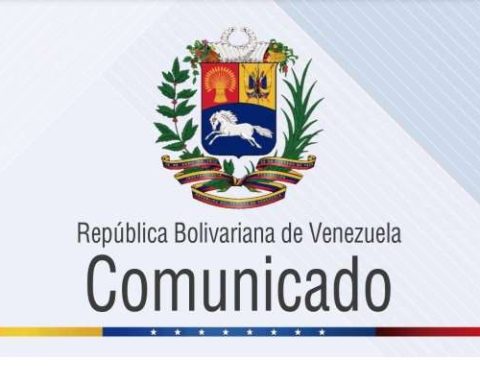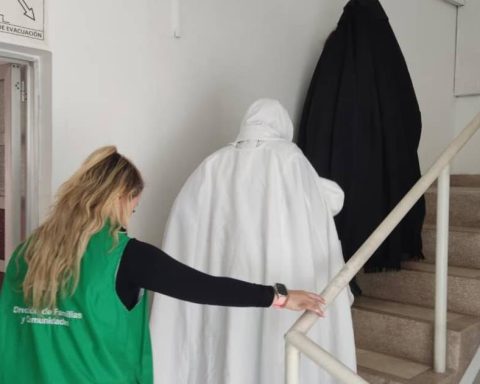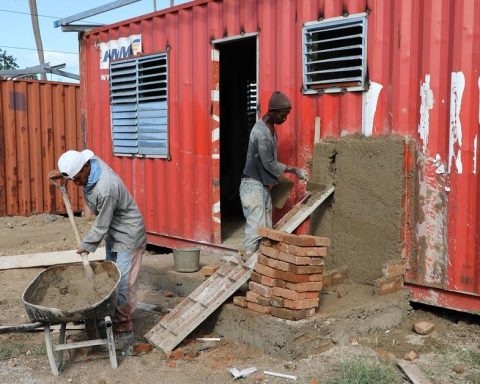It is becoming clear which are the most preferred candidates for the municipal seat of Lima. Three months after municipal elections to be held on October 2, the candidate of Podemos Peru, Daniel Urrestihas been leading the preference of votes for Pizarro’s chair with 22.3%.
Urresti is followed by Rafael López Aliaga, from Renovación Popular, with 18%. In third place is the candidate from Somos Perú, George Forsythwith 11%.
This survey, carried out by the Institute of Peruvian Studies (IEP), It has a universe of 370 interviewees in Lima who were asked the question: If tomorrow were the elections for mayor of Lima, for whom or for what party or movement would you vote?
YOU CAN SEE: Secret of communications reveals relationship between fugitives from Tarata case
The fourth favorite is the candidate for the Purple Party, Guillermo Flores Borda, with 3.4%, followed by Together for Peru with 2.4%. In this case, only the political party was consulted since during the fieldwork there were two possible candidates for the political group.
The mayor of Miraflores, Luis Molina, who is now applying to Lima for Avanza País, appears in sixth place with 1.3% preference, the same percentage of the Frepap candidate Carlos Torres. The candidate of Free Peru, Yuri Castro, reaches 0.9% and Omar Chehad 0.5%. In last place appears Elizabeth León from Frente Esperanza, with a 0.4% vote intention.
For the expert on electoral issues, Fernando Tuesta Soldevilla, that the first three that lead the preference have been presidential is what has helped them remain in the memory of voters.
Voting intention survey for mayor of Lima. The Republic.
“The candidates who lead the poll are the ones with the most controversial profile. On the one hand, Urresti and on the other, López Aliaga, but it is still too early to project the results. The first thing to note is that three former candidates for the presidency appear and they are precisely the ones with the best positioning. They are public figures, they are figures that are in the memory of the people. The other candidates have a disadvantage in relation to that point”, the analyst said.
Tuesta Soldevilla pointed out that it must be remembered that, as in the case of the presidential candidates, “in the case of Lima, those who appear first do not necessarily win, the citizenry is not yet interested in the issue of municipal elections. The campaign and the public interest only boils down to the last month. Maybe in September the interest will increase”.
Forsyth ranks third to occupy Pizarro’s chair with 11%. Photo: Andean
However, the IEP survey it also shows the large percentage of citizens who still do not have a preferred candidate. It is so 19.3% of those interviewed indicated that they would not vote for any of the registered candidates, while 15.2% still have not defined who they will vote for.
YOU CAN SEE: National Board of Justice elected six supreme judges
“It is an expected result. People are not interested in those elections yet. Furthermore, if one reviews similar surveys three months before the municipal elections, one will find similar percentages among the undecided. The majority of people do not yet have preferences for their candidate and if they are asked at the district level, it is even greater, many do not even know who their candidates are”, refers Toesta Soldevilla.
In the case of Urresti, his image linked to citizen security is what attracts the most voters, while in the case of López Aliaga it is those who voted for him in the presidential election who now support him to become the mayor of Lima.
Data sheet. Interviewer: Institute of Peruvian Studies (IEP). Item 0393-REE/JNE – 281-2021-DCGI/JNE. Financing: La República newspaper and IEP. Objective: Collect the opinions of people aged 18 and over, with DNI, in urban and rural areas on the political situation. In the province of Lima, the objective was to measure the intention to vote for the provincial mayor of the MRS 2022. Size and distribution of the sample: 1,205 interviewees in 24 departments, 150 provinces, and 408 districts. Telephone survey. Probabilistic sampling with random selection method of cell phone numbers. Sampling points: Lima Met., urban Peru and rural Peru. Margin of error: ± 2.8 points. for national results. For the province of Lima, the margin of error is ± 5.1 pts. Confidence level: 95%. Provincial representation: 95.4%. For Lima, the district representativeness is 99.5% Source of sample frame: List of mobile operator headers (MTC 2019). Field date: June 20 to 23, 2022. Website: www.larepublica.pe Y www.iep.org.pe.
